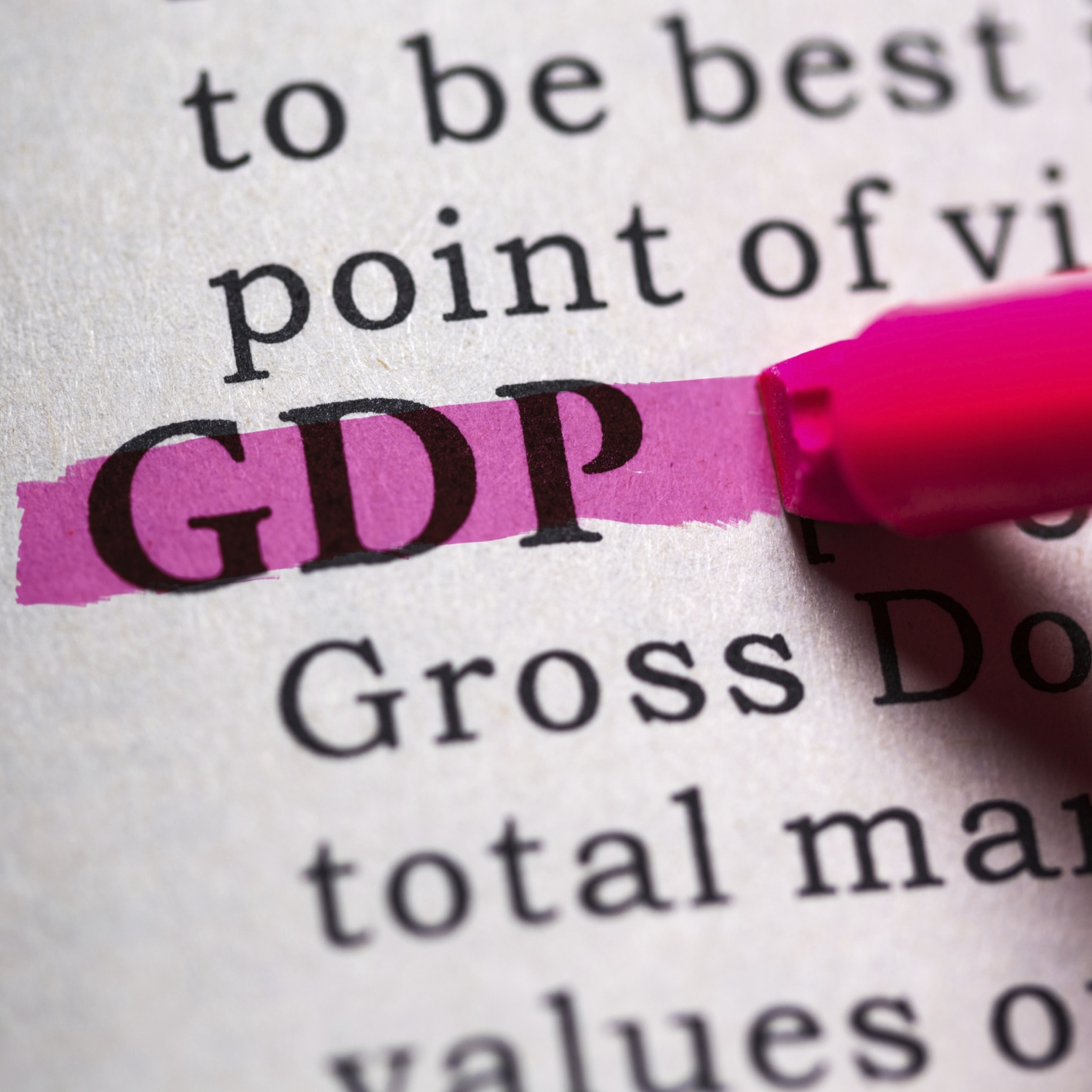
U.S. consumers did their bit to boost the country’s fourth-quarter gross domestic product (GDP) to a growth rate of 1.4%. That is double the preliminary estimate of 0.7% released in January by the Department of Commerce’s Bureau of Economic Analysis (BEA), and up from the second estimate of 1.0%.
In addition to consumer spending, residential fixed investment (home building) and federal government spending also rose. On the downside, nonresidential construction slowed, as did spending by state and local governments, exports and investment by private businesses in new inventory. Imports also decreased.
Third-quarter GDP rose by 2%, and the BEA attributed the quarter-over-quarter decline to nonresidential fixed investment, a slowdown in consumer spending, fewer exports and declines in state and local government spending. Falling imports, a smaller drop in private inventory investment and higher federal spending partially offset the declines.
In its report on corporate profits, also released Friday morning, the BEA said that profits declined by $159.6 billion in the fourth quarter, much higher than the $33 billion third-quarter decline. Profits at financial corporations fell by $24 billion in the fourth quarter and non-financial corporations saw a decline of $129.2 billion.
Including an inventory valuation adjustment, profits of non-financial corporations dropped $132.7 billion in the fourth quarter. BEA noted that the decline could be attributed to the drop in profits in the petroleum and coal industries.
During 2015 (that is, measured from the fourth quarter of 2014 to the fourth quarter of 2015), real GDP increased 2.0%, compared with an increase of 2.5% during 2014. The price index for gross domestic purchases increased 0.4% during 2015, compared with an increase of 1.2% during 2014.
It’s Your Money, Your Future—Own It (sponsor)
Are you ahead, or behind on retirement? For families with more than $500,000 saved for retirement, finding a financial advisor who puts your interest first can be the difference, and today it’s easier than ever. SmartAsset’s free tool matches you with up to three fiduciary financial advisors who serve your area in minutes. Each advisor has been carefully vetted and must act in your best interests. Start your search now.
If you’ve saved and built a substantial nest egg for you and your family, don’t delay; get started right here and help your retirement dreams become a retirement reality.
Thank you for reading! Have some feedback for us?
Contact the 24/7 Wall St. editorial team.


